Share this
Planning for Corrective Jaw Surgery for Overbite in Singapore.
on June 24, 2016
 Overbite deformity, whereby the lower jaw is significantly shorter than the upper jaw is actually a lot more common in Singapore. However, it is not as commonly treated surgically. This may be due to the fact that the ideal jaw relation dictates that the upper jaw is more protruding than the lower jaw. As such overbite only becomes a dentofacial deformity when it exceeds the norm by a significant extent, at least to an extent that the patient is bothered enough by it to seek surgery. However, unlike an underbite deformity, an overbite deformity can cause severe functional problems such as obstructive sleep apnea. The planning for such a case is similar to the underbite, but the movement of the jaws are in the opposite direction.
Overbite deformity, whereby the lower jaw is significantly shorter than the upper jaw is actually a lot more common in Singapore. However, it is not as commonly treated surgically. This may be due to the fact that the ideal jaw relation dictates that the upper jaw is more protruding than the lower jaw. As such overbite only becomes a dentofacial deformity when it exceeds the norm by a significant extent, at least to an extent that the patient is bothered enough by it to seek surgery. However, unlike an underbite deformity, an overbite deformity can cause severe functional problems such as obstructive sleep apnea. The planning for such a case is similar to the underbite, but the movement of the jaws are in the opposite direction.
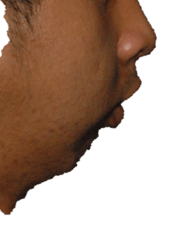
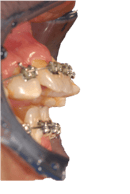 A physical examination and CT scan are done to assess the skeletal structure. Sometimes, it is due to the excessive growth of the upper jaw, at other times, it may be due to an underdeveloped lower jaw, or a combination of the two.Once a diagnoss is made, the surgery is siulated on the computer using the Simplant OMS software.
A physical examination and CT scan are done to assess the skeletal structure. Sometimes, it is due to the excessive growth of the upper jaw, at other times, it may be due to an underdeveloped lower jaw, or a combination of the two.Once a diagnoss is made, the surgery is siulated on the computer using the Simplant OMS software.
At this point, experimntation is done with different surgical plans, moving different part of the jaws and in different direction and magnitude. Orthognathic surgery is essentially bone surgery but the changes in facial appearance does not always follow that of the facial bone movements.The computer program is able to simulate the change in facial appearance based on the movements of the different parts of the facial bones by applying algorithms derived from research that maps the relationship between skeletal movement and the corresponding soft tissue appearance.
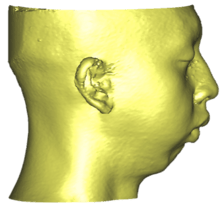
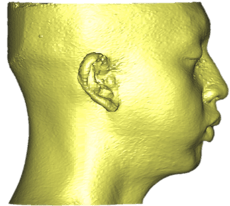
I will usually present a plan which I think is ideal, based on my own sense of aesthetics, to the patient and ask for feedback. Some patients are able to articulate what they like we can do the changes to the plan on the computer in real time. The idea is not to produce a perfect solution on the computer but to gain an understanding of what the patient likes or dislikes. We can do any surgery on the software but it may not be anatomically or physiologically possible in a real patient. For patients who are unable to articulate their preferences, I may present two plans to see which one they prefer and that will also give me an idea of the patient’s aesthetic sense.
I approach corrective jaw surgery with the final facial appearance in mind. Due to limitation of natural anatomy and physiologic healing, surgical movement of the different jaw segments may not be possible and we need to be cognizant of that in our planning.
Once a feasible plan is made, preparation for the surgery will then follow. Most cases today are amenable to a surgery-first approach i.e. do the surgery first and finish up with post surgical orthodontics.
While computerized simulation allows us to visualize the change in facial appearance associated with the surgery, it is by no means 100% accurate. Patients must understand that it is just a simulation and is mainly a communication and diagnostic tool.
Share this
- Jaw Surgery (93)
- Dental Implants Singapore (90)
- Orthognathic Surgery (48)
- Replacing Missing Teeth (26)
- Missing Teeth Options (23)
- Underbite (23)
- Bone Grafting (21)
- Costs (18)
- Facial Aesthetics (18)
- Aesthetics (17)
- dental implants (16)
- corrective jaw surgery (15)
- BOTOX (11)
- Dermal Fillers (11)
- Wisdom teeth (10)
- Fixed Implant Dentures (8)
- Loose Dentures Singapore (6)
- Medisave (6)
- sleep apnea (6)
- Braces (5)
- Dental Pain (5)
- Dentures in Singapore (5)
- Loose Teeth (5)
- Tooth Extraction (5)
- jaw deformities (5)
- bimax (4)
- bone graft (4)
- maxillomandibular advancement (4)
- all-on-4 (3)
- bimaxillary protrusion (3)
- chin implant (3)
- facial asymmetry (3)
- full mouth dental implants (3)
- genioplasty (3)
- immediate implant (3)
- removal of an integrated dental implant (3)
- third molars (3)
- wisdom tooth surgery (3)
- My Dentures Don't Fit (2)
- VME (2)
- bone graft healing (2)
- distraction osteogenesis (2)
- medical tourism (2)
- obstructive sleep apnea (2)
- orthodontics (2)
- plastic surgery (2)
- CT guided dental implants (1)
- Double jaw surgery (1)
- Invisalign (1)
- Periodontal Disease (1)
- Permanent Dentures Singapore (1)
- before and after photos (1)
- facial trauma (1)
- fractured dental implant (1)
- oral appliance therapy (1)
- root canal treatment (1)
- veneers (1)
- vertical maxillary excess (1)
- September 2019 (2)
- July 2019 (2)
- May 2019 (2)
- August 2018 (1)
- October 2017 (1)
- September 2017 (2)
- August 2017 (1)
- June 2017 (2)
- May 2017 (4)
- April 2017 (1)
- March 2017 (1)
- February 2017 (3)
- January 2017 (3)
- December 2016 (1)
- November 2016 (2)
- October 2016 (4)
- September 2016 (9)
- August 2016 (5)
- July 2016 (11)
- June 2016 (14)
- May 2016 (6)
- April 2016 (2)
- March 2016 (1)
- January 2016 (7)
- December 2015 (10)
- November 2015 (4)
- October 2015 (9)
- September 2015 (7)
- August 2015 (1)
- July 2015 (6)
- June 2015 (3)
- May 2015 (7)
- April 2015 (5)
- March 2015 (8)
- January 2015 (5)
- December 2014 (7)
- November 2014 (7)
- October 2014 (6)
- September 2014 (8)
- August 2014 (5)
- July 2014 (7)
- June 2014 (8)
- May 2014 (9)
- April 2014 (10)
- March 2014 (6)
- February 2014 (8)
- January 2014 (3)
Subscribe by email
Email subscription


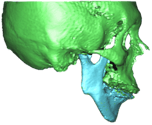
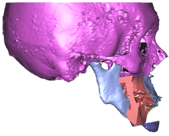
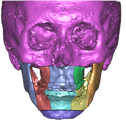
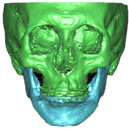
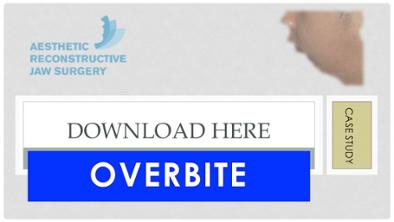

No Comments Yet
Let us know what you think